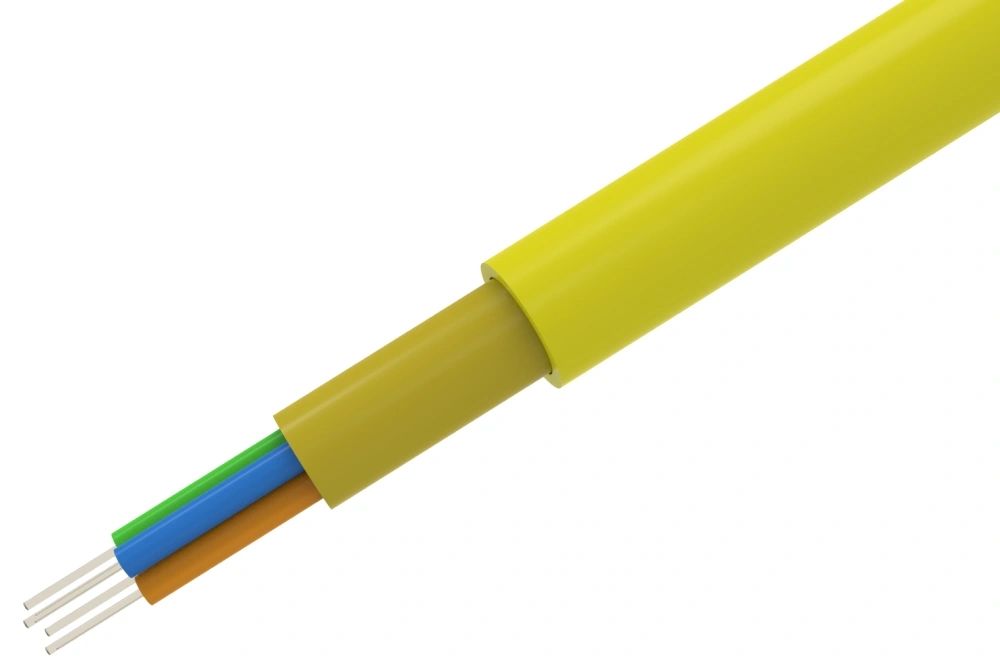Ensuring Optimal Protection: Best Practices for Lightning Protection

Lightning strikes pose a significant threat to outdoor cables, which are susceptible to damage and disruption. To safeguard cables from the devastating impact of lightning, implementing effective lightning protection measures is crucial. By adhering to best practices, you can ensure the reliability and longevity of outdoor cable installations.
Understanding the Risks: Why Lightning Strikes Affect Cables
Lightning strikes generate extremely high-voltage surges that can induce significant amounts of current in nearby cables. These surges can cause thermal and electromagnetic damage, leading to equipment failure, signal loss, or even complete system breakdown. To mitigate these risks, comprehensive lightning protection strategies are essential.
Implementing Surge Protection Devices (SPDs)
One of the most critical steps in protecting outdoor cables from lightning strikes is the installation of Surge Protection Devices (SPDs). SPDs are designed to divert the excessive surge current away from cables and provide a safe discharge path. They absorb and redirect the energy generated by lightning strikes, preventing it from entering the cables and causing damage.
SPDs can be installed at various locations within the cable network, such as at the point of cable entry into a building or at distribution points along the cable route. Choosing the appropriate SPDs and their correct placement is key to ensuring effective protection against lightning-induced surges.
Grounding and Bonding: Essential Protective Measures
Proper grounding and bonding play a vital role in preventing lightning-induced damage to outdoor cables. Grounding provides a low-impedance path for lightning currents to safely dissipate into the ground, thereby preventing excessive voltage buildup. Bonding ensures that all metallic components within the cable network are connected, minimizing differences in potential and reducing the risk of damage due to potential difference.
The use of adequate lightning-grade conductors, such as copper or aluminum, along with proper installation techniques, ensures reliable grounding and bonding, further enhancing the overall lightning protection of outdoor cables.
Regular Maintenance and Inspection
Maintaining the integrity of lightning protection systems for outdoor cables is crucial for sustained effectiveness. Regular inspection of SPDs, grounding connections, and cable installations is necessary to identify any potential weaknesses or failures. Prompt repairs or replacements can prevent further damage and ensure uninterrupted cable operations.
Furthermore, periodic testing of lightning protection systems is essential to verify their functionality and adherence to international standards. A proactive approach to maintenance and inspection minimizes the chances of cable damage from lightning strikes.
Conclusion
Protecting outdoor cables from lightning strikes is of utmost importance in ensuring the reliability and longevity of cable installations. By implementing surge protection devices, proper grounding and bonding techniques, and conducting regular maintenance, the risk of lightning-induced damage can be significantly mitigated. Safeguarding cables against lightning strikes is not only a prudent investment but also a vital step towards maintaining uninterrupted communication and power systems.



